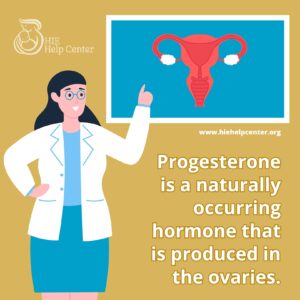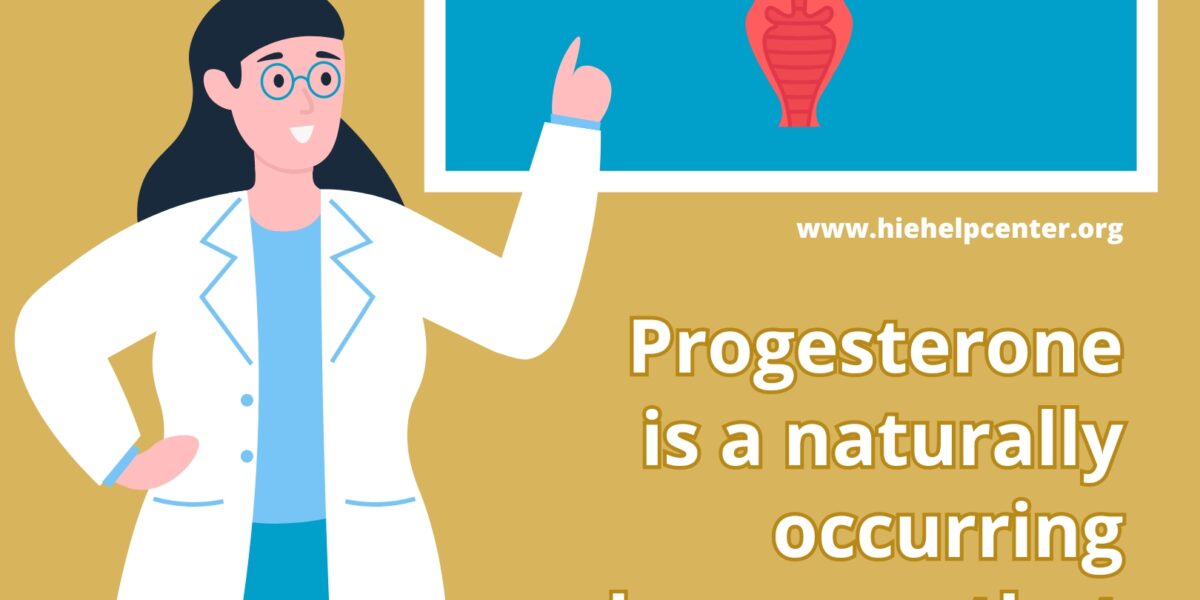 Progesterone is a hormone that is produced in a woman’s ovaries. After each ovulation, it thickens the uterine lining to prepare for a potential pregnancy. If a fertilized egg implants in the uterine wall, the ovaries will continue producing a high level of progesterone. Progesterone helps maintain the pregnancy by inhibiting uterine contractions. It keeps the uterine lining thick enough to provide cushioning for the growing baby.
Progesterone is a hormone that is produced in a woman’s ovaries. After each ovulation, it thickens the uterine lining to prepare for a potential pregnancy. If a fertilized egg implants in the uterine wall, the ovaries will continue producing a high level of progesterone. Progesterone helps maintain the pregnancy by inhibiting uterine contractions. It keeps the uterine lining thick enough to provide cushioning for the growing baby.
Why is progesterone given during pregnancy?
In some cases, doctors may prescribe a synthetic version of progesterone in order to prevent premature birth and associated complications such as hypoxic-ischemic encephalopathy (HIE). Progesterone is often given in conjunction with other methods of preventing preterm delivery, such as a cervical cerclage.
In 2023, ACOG updated its clinical guidelines for progesterone treatment. This treatment is only recommended for pregnant patients with a short cervix.
When should expectant mothers be given progesterone?
 If a pregnant woman’s body does not produce a sufficient amount of progesterone, this can lead to premature birth. Signs that an expectant mother is not producing enough progesterone, or is otherwise in danger of delivering her baby prematurely and may benefit from progesterone therapy, include:
If a pregnant woman’s body does not produce a sufficient amount of progesterone, this can lead to premature birth. Signs that an expectant mother is not producing enough progesterone, or is otherwise in danger of delivering her baby prematurely and may benefit from progesterone therapy, include:
Cervical insufficiency
The cervix is a narrow passage forming the lower end of the uterus. In the beginning of pregnancy, the cervix is long and closed. It remains this way until labor and delivery. In some pregnancies, the cervix begins to soften, shorten, or open up prematurely. This is called cervical insufficiency. Instances of cervical insufficiency can allow the fetal membranes to go through the opening and break, which can trigger early onset of labor and premature birth or miscarriage. Progesterone, generally used in combination with a procedure called cervical cerclage, can help to prevent preterm birth in women with cervical insufficiency.
Past Preterm Premature Rupture of Membranes (PPROM)
In some pregnancies, the fetal membranes rupture (colloquially known as the ‘water breaking’) before the baby is actually ready for birth. This is called premature rupture of membranes (PROM). If PROM occurs before 37 weeks of pregnancy, it is considered preterm premature rupture of membranes, or PPROM. PPROM can trigger early delivery.
Past Preterm Birth
If a woman has previously had a premature delivery, she is considered at high risk for having another. In some cases, like if there is a short cervix, physicians may prescribe synthetic progesterone in order to prevent this from happening.
Can preterm births be prevented?
 A significant number of preterm births can be prevented with proper care.
A significant number of preterm births can be prevented with proper care.
Proper care can include your physician asking about your reproductive history. Knowing this information helps medical professionals determine whether progesterone therapy or other interventions can help to prevent preterm delivery. The doctors’ examining your cervix can also help to determine whether you are at risk of:
- Delivering prematurely
- In need of cervical cerclage
- In need of progesterone supplementation
When should I contact an attorney?
If your baby was born prematurely, spent time in the NICU and was later diagnosed with a birth injury – it may be a case of medical negligence. If you suspect your child’s injuries have been caused by medical negligence, contact us to learn about pursuing a case. The HIE Help Center is run by ABC Law Centers, a medical malpractice firm exclusively handling cases involving HIE and related birth injuries since 1997.
Call us for a free consultation, during which we will inform you of your legal options and answer any questions. Don’t worry about the cost – you pay nothing throughout the entire legal process until we win.

